One of the best qualities about fresh bread (such as sourdough) is a thick, crispy crust—which is easy to create in a commercial oven, but can be tricky for home cooks to replicate. Luckily, the the trick to baking a professional-style crust is a simple one—just bake your loaf with steam using one of these three methods to achieve the perfect, crispy crust.
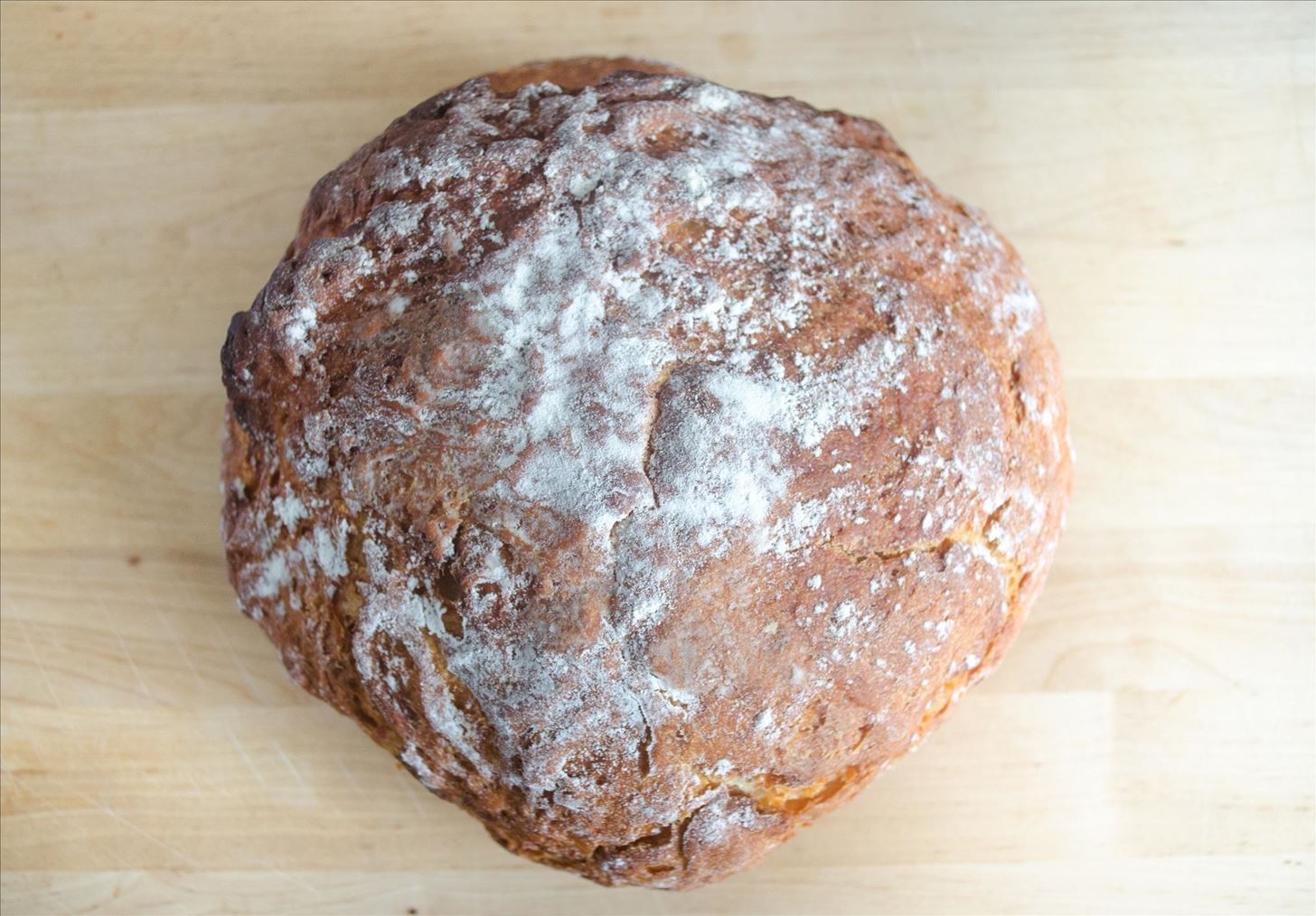
The Importance of Steam
Steam is essential for a good bread crust because it keeps the outer dough moist while the inside cooks. Without steam protecting the dough, the crust and inner crumb will cook too quickly, creating a burnt, dense bread with little flexibility.
A crispy crust isn't the only benefit of steaming: It also helps the bread get one last little bit of rising in, by slowing down the baking process. The yeast in the bread gets more time to produce as much gas as possible before the heat kills it, creating a light and airy loaf.

Steam is also essential to both the crunch and color of the crust. The crispness of the dough is created by starch gel on its surface, which is created in the dough when it's moist at 180°F and above.
And the lovely brown color we associate with well-baked bread is a by-product of the Maillard reaction. While sugars caramelize around 275°F, the amino acid and sugar interaction in the dough's budding crust browns best around 300-400°F.
Without steam, this reaction would occur at lower temperatures, resulting in a prematurely-darkened crust.

The Dutch Oven Method
The preferred trick to getting the perfect crust at home is to bake your bread in a Dutch oven. A closed Dutch oven will trap the water that evaporates from the dough and convert it to steam under the lid. The steam clings to the surface of the dough and keeps the entire loaf moist.
First, preheat the oven with the Dutch oven inside. Once the oven is preheated, the finished dough can then be gently placed inside of the Dutch oven and covered with its lid. Preheating the Dutch oven before adding the dough replicates the extreme radiant heat used in a professional oven.

The Spray Bottle Method
If you don't own a Dutch oven, you can use a spray bottle to create your own steam inside the oven.
First, preheat the oven and the pan you're baking the bread on to 25°F hotter than your recipe calls for. This will compensate for opening and closing the oven as you build a moist environment.
When the oven is preheated, open the door, spray the sides with water, and close the door. Wait 30 seconds and repeat. Then, lower your oven 25°F and place your finished dough into the hot pan and back into the oven. Spray the sides of the oven one more time, close it, and continue to bake normally.

The Ice Cube Method
Another popular method used to make steam is the ice cube method.
- Don't Miss: 10 Thrifty, Time-Saving Ice Cube Tray Food Hacks
First, preheat your oven and the pan used for baking the bread. When the oven is preheated, place the finished dough in the hot pan on the top rack. The trick is to also put a metal pan filled with ice cubes on the bottom rack during the bake.
As the ice cubes melt, their water will then evaporate into steam. The steam will rise and have the same moistening effect on the dough's exterior to create a perfect crispy, tasty crust.

Out of the three, I personally recommend the Dutch oven technique as a fail-proof way to produce a perfectly-browned and crispy crust.
No matter what trick works for you, next time you bake bread at home, give it some steam for a beautifully baked crust.
More Nifty Baking & Bread Hacks:
- This Simple Trick Will Keep Your Bread Fresher Longer
- How to Always Get the Freshest Loaf of Bread at the Grocery Store
- Mashed Potatoes & Bread: Rice Cooker Hacks for Lazy Cooks
- How to Turn a Pint of Ice Cream into a Freakin' Loaf of Sweet Bread
- Miraculous "No-Knead" Bread: Hack Yourself a Loaf in 10 Minutes
If you liked this article, follow us on Facebook and Twitter!
Just updated your iPhone to iOS 18? You'll find a ton of hot new features for some of your most-used Apple apps. Dive in and see for yourself:
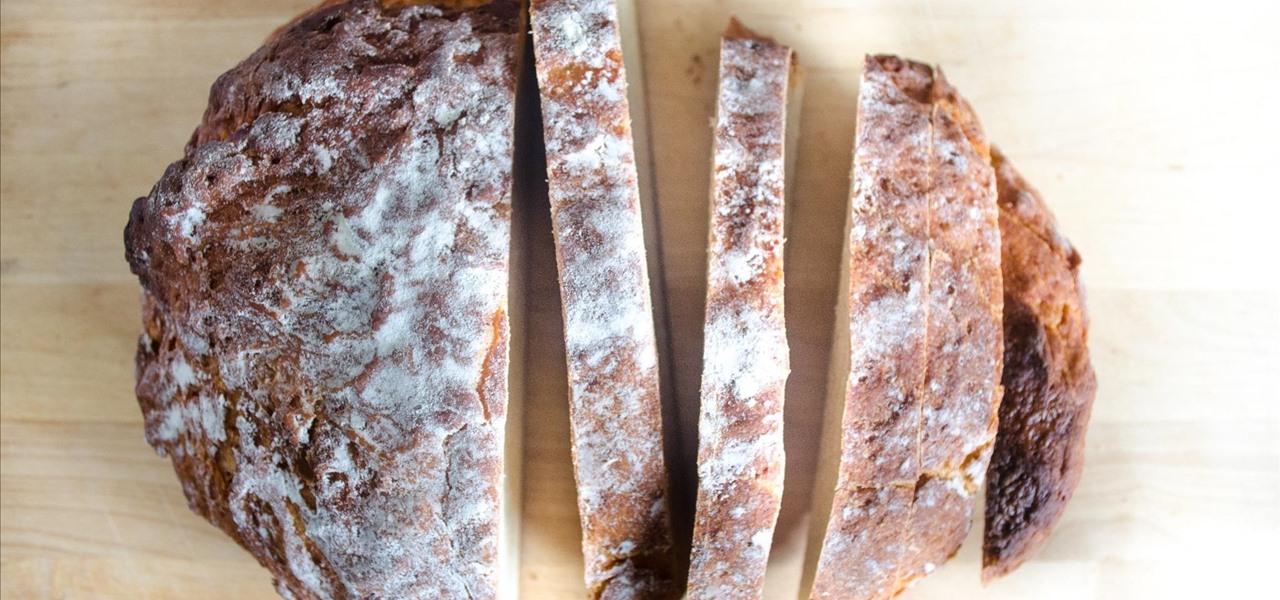



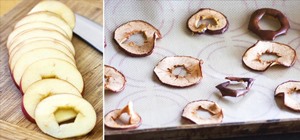
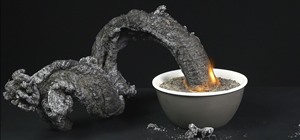
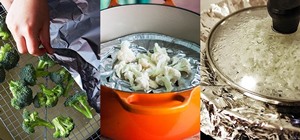

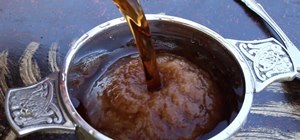
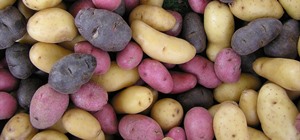


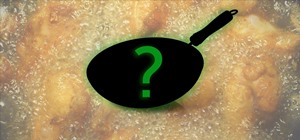

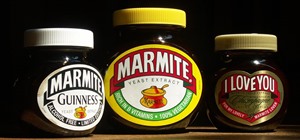
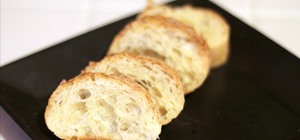

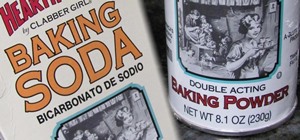
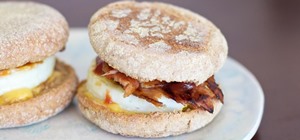

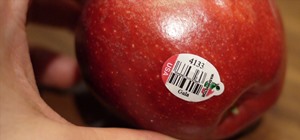
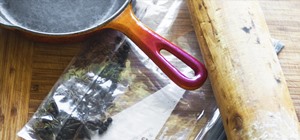

5 Comments
Testing
I really don't want to appear to be a troll, but there are a number of wives tales embedded in this post that need to be corrected. The first is that steam somehow cools the dough and slows the cooking process. In fact steam condenses to water at 212°F (sea level, standard day) and delivers a huge amount of energy in the process. It is this condensation of steam on the cool dough that delivers the heat and almost instantly cooks the surface starch producing a gas-tight barrier that contains the CO2 that has already been produced by the yeast.
The second most obvious one is the persistent tale that yeast metabolism after oven entry contributes a significant amount of additional CO2 to the loaf. It does not. You can convince yourself of this by comparing a loaf that is baked any way you think delivers superior oven spring, and a proofed but uncooked loaf that is subjected to a vacuum. You will discover that the vacuum increases the volume of the trapped CO2 just as heat does (remember PV=nRT from high school chemistry?) and because the surface is not cooked, the dough can expand fully. If you do this with a small bit of dough using a Seal-a-Meal marinating dish you will be amazed at how much expansion you get. It has nothing to do with yeast growth after oven entry.
Unless you have a commercial oven (and even then it is energy inefficient), trying to use ice cubes to make steam is a losing proposition. The energy required to melt the ice is large, heating the water to boiling is small, and converting it to steam is the same as starting with boiling water. So unless you have a way to preheat a box of rocks outside the oven, ice cubes are not a good way to go. Just use a pan and pour about 200g of boiling water into it before you close the oven door. And this only works with an electric oven since all gas ovens have vents to exhaust combustion products, which pumps all of your steam out of the oven.
The Dutch oven approach just keeps the moisture from the loaf inside the pan and works well, but you do have to manage the oven temperature and you don't say to remove the lid to brown the top (it is absolutely necessary). And of course a Dutch oven is relatively expensive, and it is a one-loaf-at-a-time process.
Share Your Thoughts